Heading out the door? Read this article on the new Outside+ app available now on iOS devices for members! Download the app.
Wettest hike: Mt. Waialeale, Kauai, HI
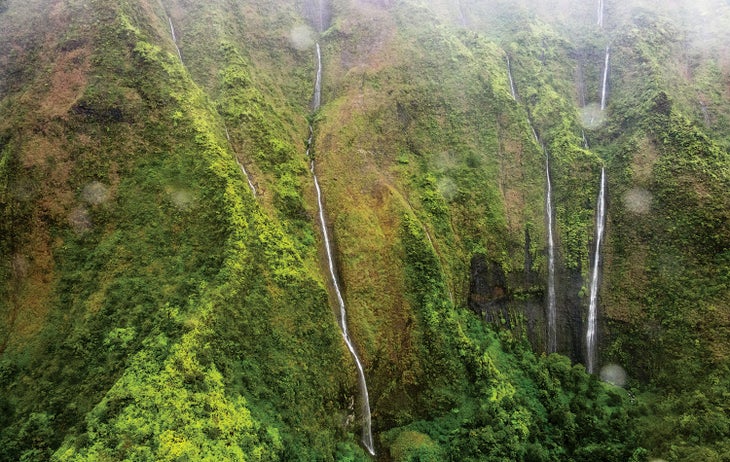
In Hawaiian, Waialeale means “rippling water” or “overflowing water”—an apt name for the rainiest place in the U.S., where scores of cascades pour down the slopes. Get a full immersion in the Blue Hole, a deep canyon at the mountain’s base that served as a filming location for Jurassic Park. It’s only a 3-mile hike from the trailhead near Keahua Arboretum, but dense vegetation will make you work to reach the Weeping Wall, where water streams down. Contact
Deepest canyon: Hells Canyon, OR/ID
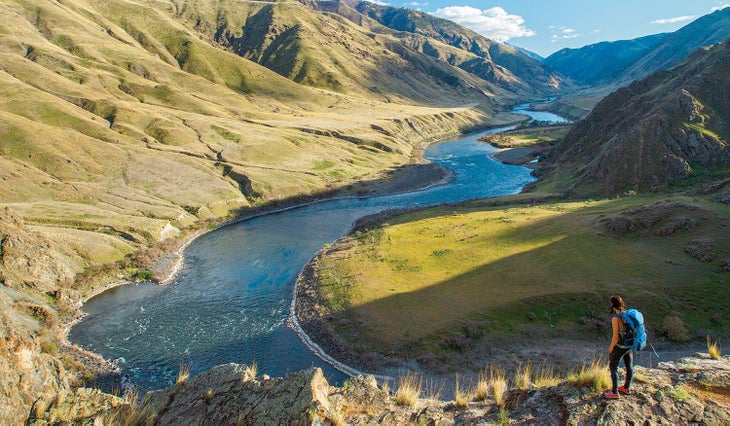
Sorry, Grand Canyon. With a max depth of 7,900 feet, Hells Canyon is more than a half-mile deeper. And it’s less crowded to boot. Try the 56-mile Oregon Rim-to-River Loop: From the Freezeout trailhead, make your way to the High Trail junction. From there, you’ll hike a 45.5-mile loop on the High, Temperance Creek, Oregon Snake River, and Saddle Creek Trails. Contact
Tallest trees: Prairie Creek Redwoods State Park, CA
You can’t comprehend the enormity of California’s redwoods until you stand at the foot of one, staring up at a tree the size of a NASA rocket. You’ll have plenty of the 300-plus-foot behemoths to choose from on this 12.4-mile hike. You’ll also score ocean views and pass between 50-foot walls of foliage in Fern Canyon. From the trailhead at the Prairie Creek Visitor Center, link the James Irvine and Miners’ Ridge Trails to make a loop. Contact
Snowiest hike: Paradise, Mt. Rainier National Park, WA
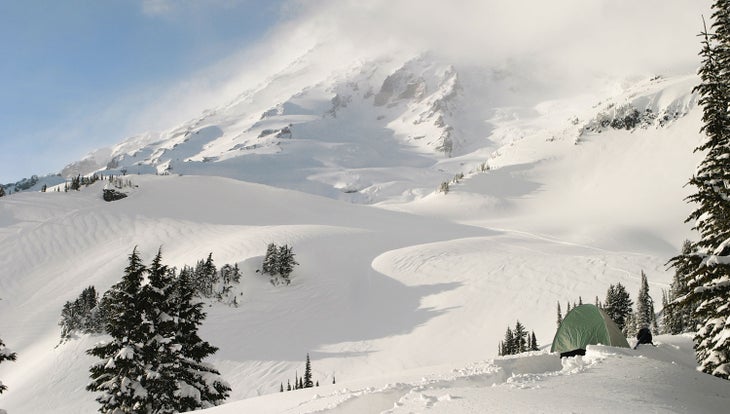
Like snowshoeing? You’ll love the trails out of Paradise, which receives an average of 645.5 inches of snow annually. Our favorite: the 5.5-mile Skyline Trail, with its frozen waterfalls, massive snowfields, and panoramic views of Rainier, the Tatoosh Range, Mt. St. Helens, and Mt. Adams. Contact
Most grizzlies: Cook Inlet, Lake Clark National Park, AK
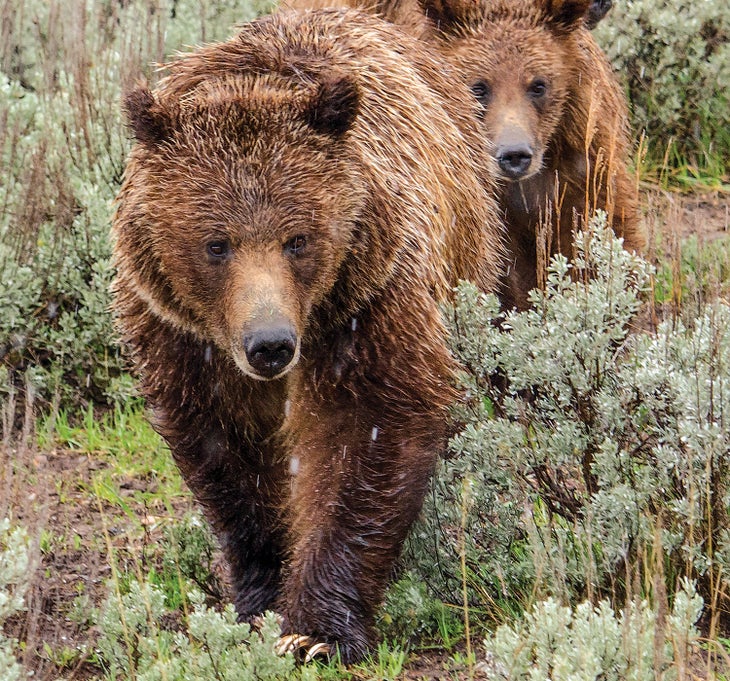
This isn’t the only place where grizzlies congregate in huge numbers, but unlike the McNeil River and other well-known hot spots, you can backpack among the bears here—if you’re brave enough. Do it on a 25-mile, off-trail hike from Chinitna Bay, where it’s not uncommon to see as many as 20 bruins feeding along the shoreline, to Silver Salmon Creek. Go between July and October when salmon runs are at their peak. Contact
Worst weather: Mt. Washington, NH
Everyone who hikes here should know Washington’s weather rep, but every year people get in trouble because they don’t think it can be that bad. It can (see page 36). The mountain’s observatory recorded wind speeds of 231 mph in 1934, and windchills at the summit have been recorded at 100 degrees below zero. Want a taste? Take the 8.2-mile Lion’s Head Trail from Pinkham’s Notch. It’s steep, but the reward is more solitude and better views than the popular Tuckerman’s Ravine route. Contact
Most remote lake in Lower 48: Rock Creek Lake, Weminuche Wilderness, CO
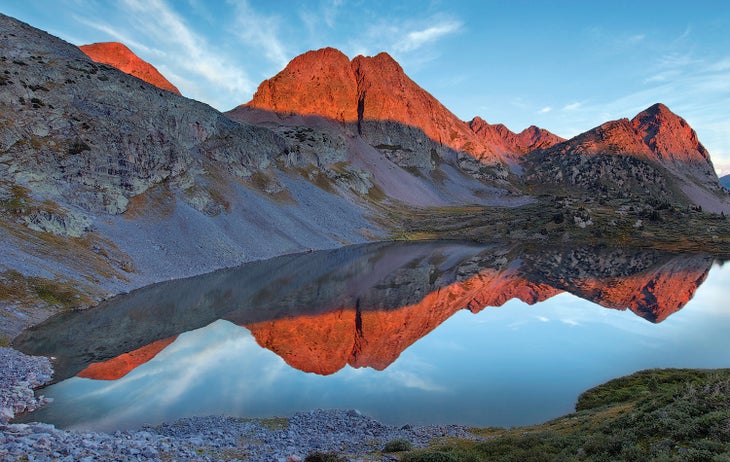
OK, this one is debatable. But given that Rock Creek Lake is 20 trail miles from the nearest road, and the county it’s in has the fewest roads per capita in the Lower 48, we think it’s a good bet. From the Needleton backcountry train stop, make your way through popular Chicago Basin, over Columbine Pass, to the Vallecito Creek and Rock Creek Trails. Contact
Most confusing terrain: The Maze, Canyonlands National Park, UT
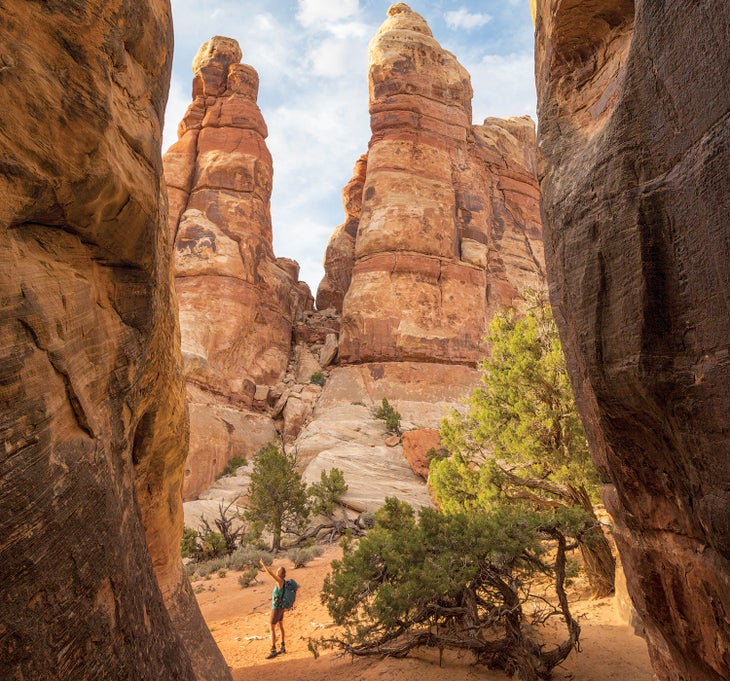
There’s a reason The Maze has previously made BACKPACKER’s list of “America’s 10 Most Dangerous Hikes”: remoteness, few marked trails, and head-spinning terrain make it a challenge for the most savvy canyon hikers. Even seasoned park rangers are required to leave detailed itineraries and communication plans before setting out. Got the navigation chops? Take the 5.8-mile Maze Overlook Trail from Maze Overlook (accessible by 4WD), and bring along a 30-foot rope to lower backpacks down tricky spots. Contact
Most remote high point: Gannett Peak, WY
When it comes to inaccessible state high points in the Lower 48, there’s Gannett and then there’s everything else. To climb the 13,804-foot peak, you’ll first need to tackle a 20-mile approach—it typically takes two days just to reach basecamp. From there, ascend to Dinwoody Pass and then Gooseneck Glacier. Yes, the views are exactly what you’d expect after hiking into the middle of the Wind River Range. Contact
Closest whale encounter: San Juan Islands, WA and Baja, Mexico
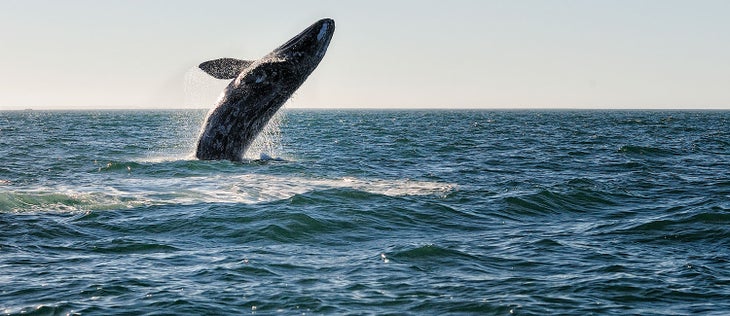
Yes, you can spy whales from trails up and down the West coast if you’re lucky, but there’s nothing like kayaking next to one at sea. Two options: Paddle among orcas on a kayak-camping trip in the San Juan Islands, or head south to Baja’s Laguna Manuela to see gray whales (pictured). It’s one of the few spots where DIY kayaking is allowed during winter breeding season (guided tours are available elsewhere). Contact
Most wildflowers: Great Smoky Mountains National Park, TN/NC
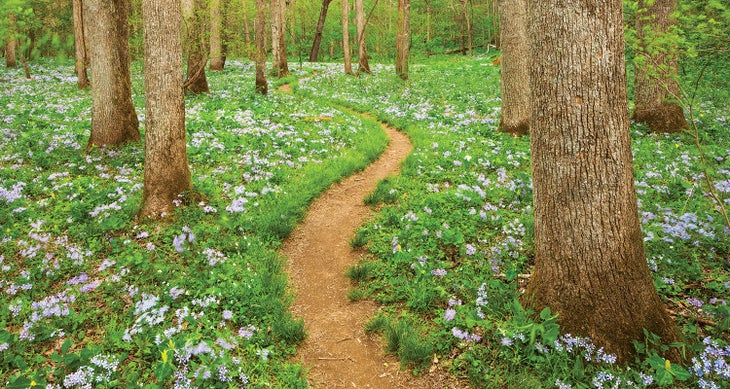
Experiencing some extremes is downright pleasant. Exhibit A: Hiking in the Smokies, amid 1,600 species of flowering plants. The most impressive blooms occur from the beginning of spring through mid-July. Where to go depends on which flowers you want to see, but one of our favorites is the 3.5-mile round-trip to Andrews Bald via the Forney Ridge Trail, where you’ll spot Catawba rhododendron and brilliant orange flame azalea in June. Also keep an eye out for tiny purple-fringed orchids, which dot the trail in the summer. Contact
Tallest waterfall: Yosemite Falls, Yosemite National Park, CA
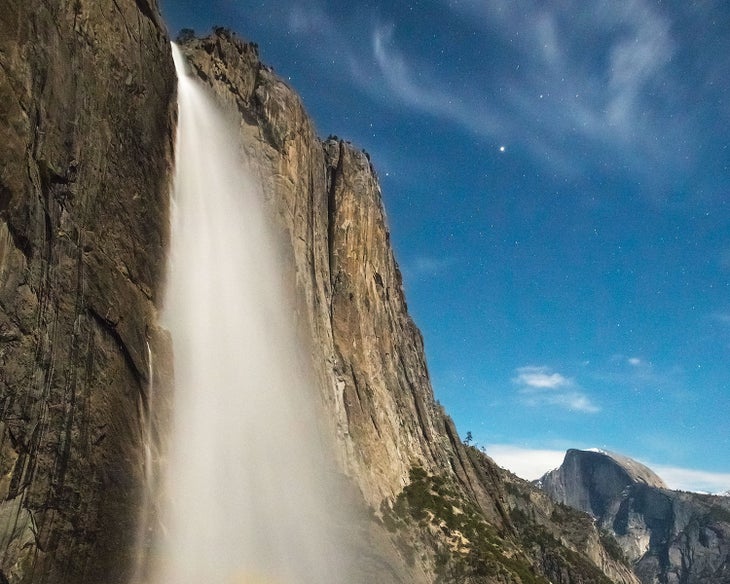
At 2,425 feet, the West’s most iconic waterfall is a head-turner no matter how you get there. But since the Yosemite Falls Trail is one of the most popular hikes in the park, we suggest going the long way, on a backpacking trip along the North Rim Trail (El Cap to Tenaya Canyon is a 30-mile tour de force). You can camp just upstream from the top of the falls and walk down for a sunset view when most daytrippers are gone. With this year’s record snowpack, the falls should put on a show all summer. Contact
Least-visited national park: Isle Royale, MI
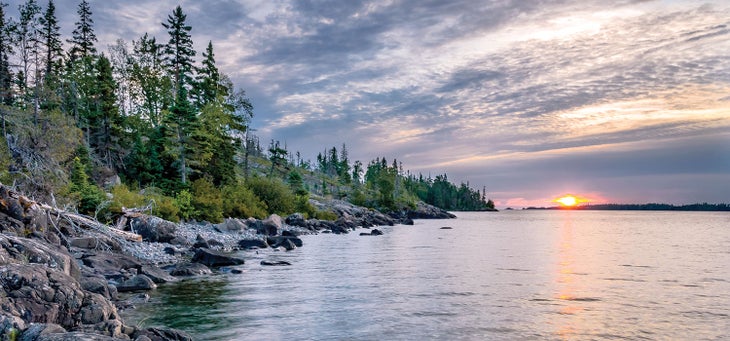
Technically, the real title goes to a remote park in Alaska, but in the Lower 48, it doesn’t get better than Isle Royale. The island park saw fewer than 25,000 visitors in 2016, some 11 million less than the Smokies. Explore pristine beaches and primeval forest—and lots of moose habitat—on a 16.2-mile hike from McCargoe Cove to Rock Harbor. Contact
Largest organism: Pando, Fishlake National Forest, UT
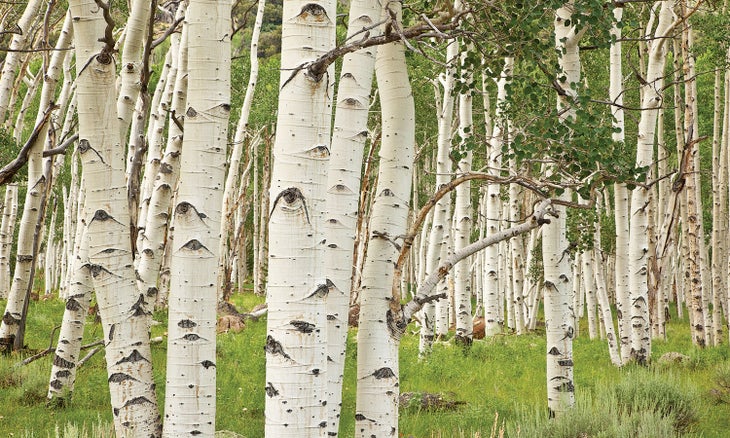
The aspen grove known as Pando dwarfs all contenders, covering 106 acres. It’s made up of almost 50,000 genetically identical trees that share a single root system and weigh an estimated 6,600 tons. Take it all in on a 15-mile loop on the Lakeshore National Recreation Trail from Doctor Creek on UT 25. Contact
From 2022